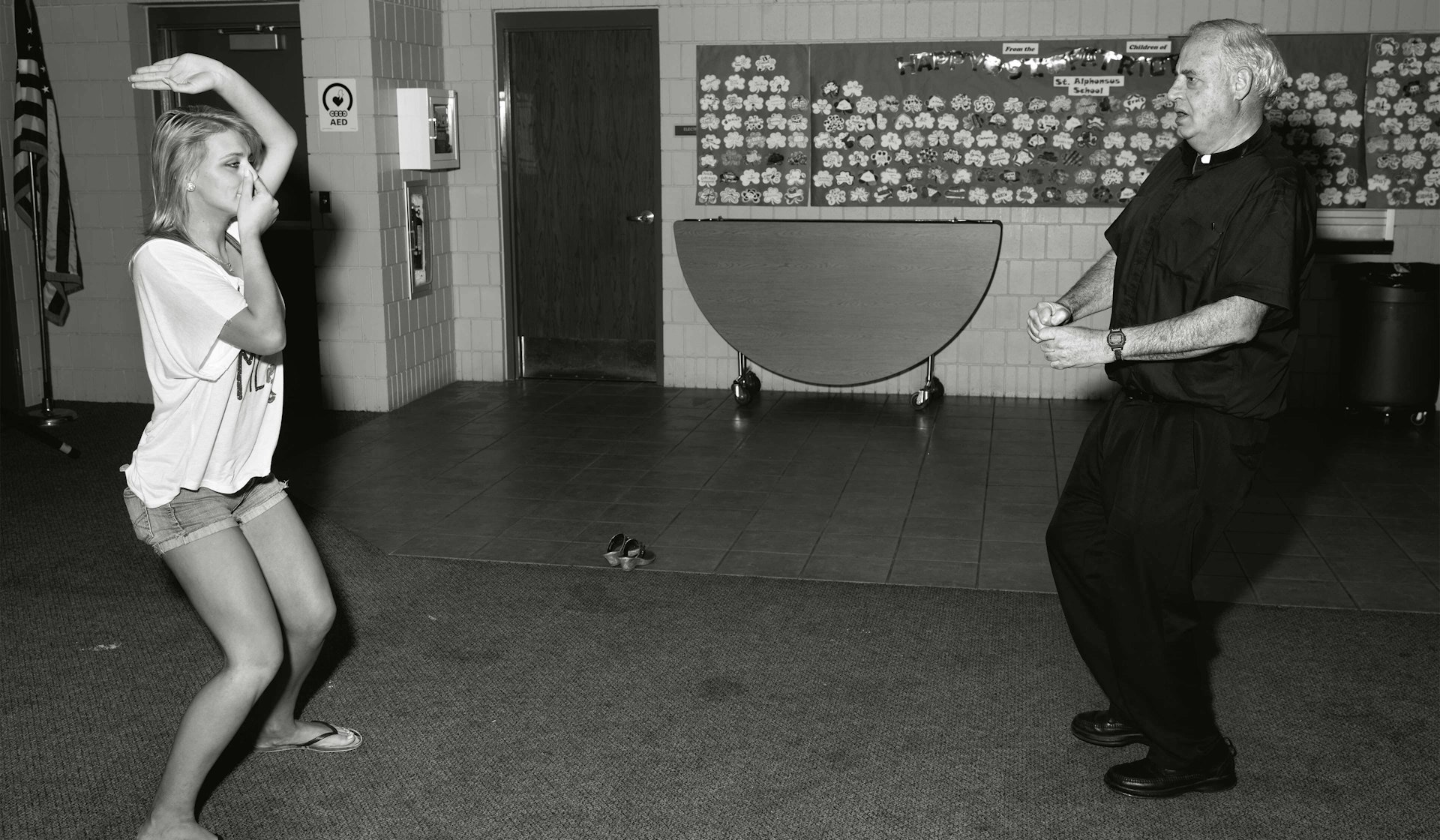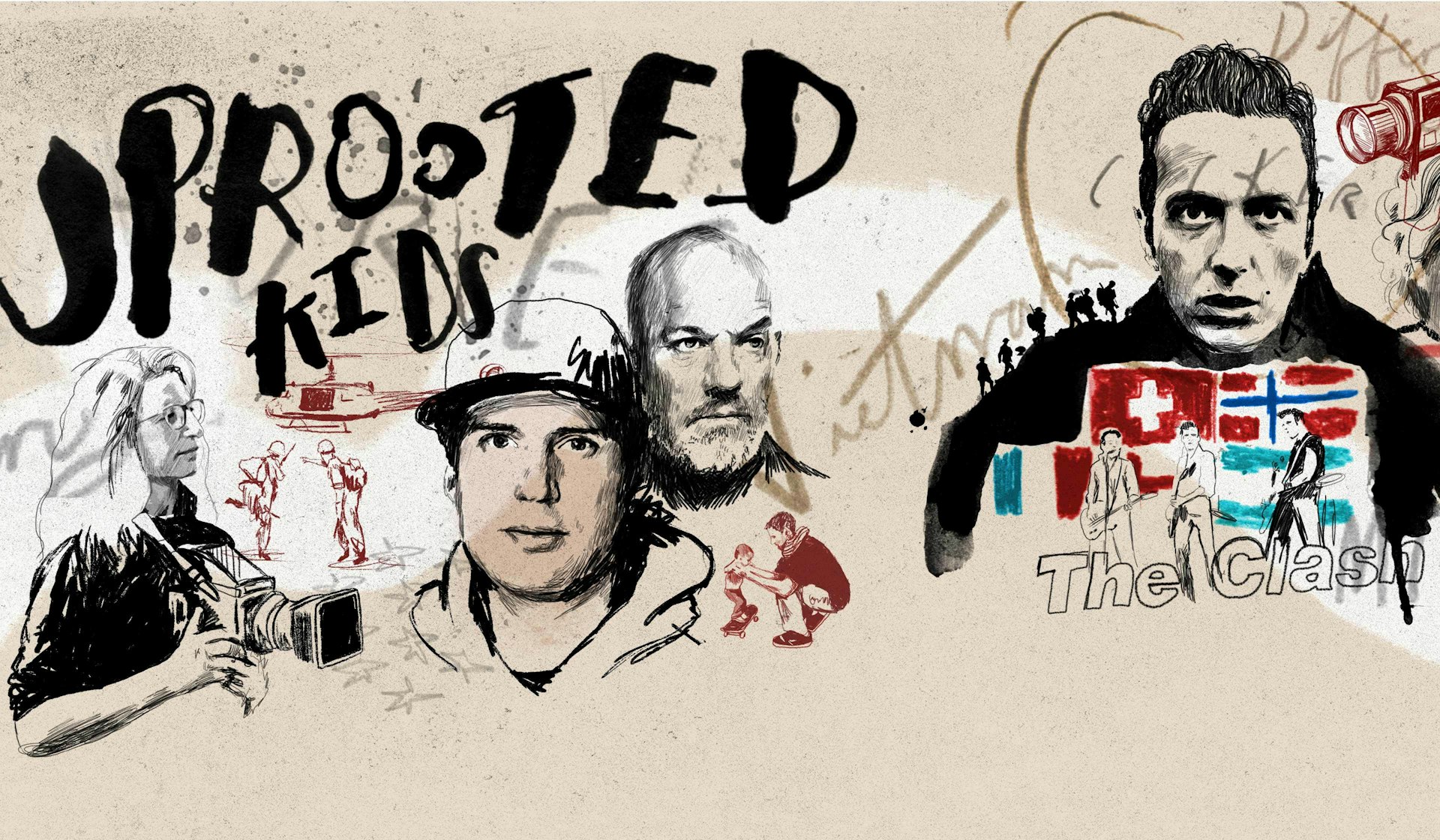
Is community dying in America? Photographer Alec Soth went to find out
Academic Robert Putnam first highlighted the death of American community in his controversial 2000 book Bowling Alone.
Putnam argued that Americans were spending more time in front of the television, less time with each other and speculated on the negative long-term effects this trend could have.
Intrigued by Putnam’s image of the solitary bowler, photographer Alec Soth set out fifteen years later to examine the strength of American community in the social media age.
Soth criss-crossed the States to discover men ballroom dancing without partners, lone figures dwarfed by their surroundings and solitude where once there was life.
The resulting photo-book Songbook reveals the extent to which Americans have retreated into their own personal worlds.
What resonated with you about Robert Putnam’s ideas in Bowling Alone?
For me, the book was as interesting for the point it made (that social engagement in the US is diminishing) as the image the title generated (a lone figure in a bowling alley). But I remember the book making a widespread impression when it was published. What’s interesting is that this was fifteen years ago, well before the advent of social media.
Could you explain the cultural significance of the Great American Songbook and why you chose to put it at the centre of this project?
There is no actual Great American Songbook, it is just a loose collection of canonical popular songs from the US. Of primary importance to me in referencing the American Songbook is that these songs come from the past – more or less my grandparent’s generation. This is the same generation that is often called the ‘greatest generation.’ These are people who grew up in the depression and then served in WWII. It is not uncommon in the US to feel that everything has gone downhill since.
Could you explain the process you went through of matching songs with images?
The pairings of the songs to the images was intuitive. I thought of the lyrics as functioning like a soundtrack to the pictures. I was going for feeling more than anything else.
You clearly travelled a huge amount to put this book together. How did you go about choosing where to shoot?
The bulk of the pictures were made while working on my self-published newspaper, The LBM Dispatch, with the writer Brad Zellar. Over several years we worked published issues in seven different states. In the beginning, before we had a handle on what we were doing, these choices were made by circumstance (I was lecturing in one state, teaching in another). But as the project took shape, we expanded to cover different regions around the county. Other pictures were made while on assignment as a Magnum photographer. These assignments came up by chance.
There was a great deal of research for each trip. I’m not the kind of photographer who can snap away in any situation. I need things to look for, missions to accomplish. But along the way, of course, I stay open to serendipity. This often leads to the best pictures.
At the end of the project, do you believe community is dying in America? Are there any little shoots of hope?
I absolutely don’t believe community is dying. I actually found a great deal of community activity in the US. But there’s a persistent feeling that things aren’t ‘the way they used to be.’ What I wanted to get at was this longing for the past and corresponding anxiety for the future.
How did the project affect you personally?
Over the course of three years I spent a lot of time looking at America and came away feeling less jaded about the country. Once you get away from huge generalities and spend time with real people in real places, the world around you becomes much more rich. I also became less jaded about photography. If you spend too much time behind a computer, it seems like the whole world has been photographed. But once you step outside, the world starts opening up in all its weird and varied glory.
Alec Soth’s Songbook is published by Mack.
